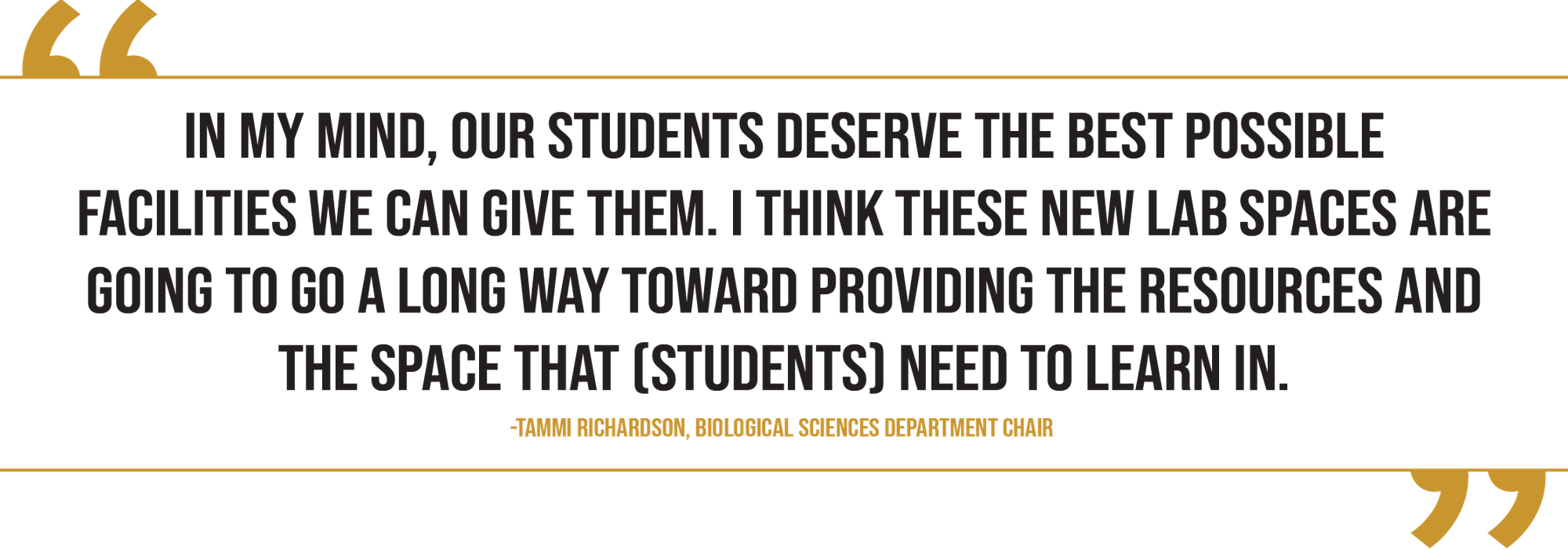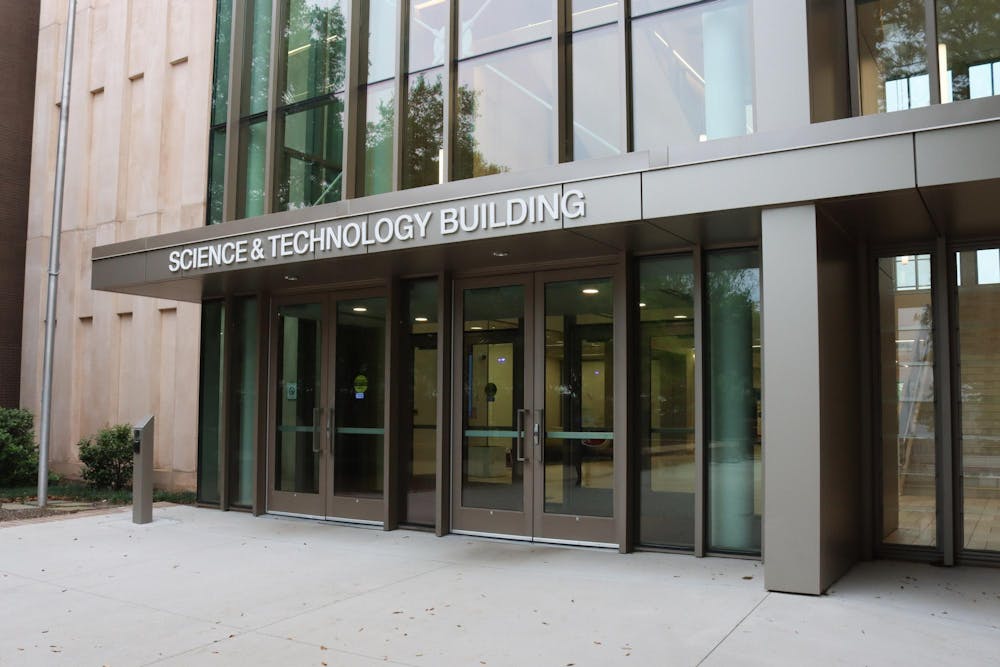The Science and Technology Building, located by the steps to the Darla Moore School of Business, is scheduled to start renovations to include new classrooms and lab spaces, which will be completed by fall 2025.
The $25 million dollar project will use state funds to add 16 classrooms and 4 lab spaces to the building. The state appropriated funds to the university to renovate or build new buildings, university architect Derek Gruner said.
The plan is currently in the design development stage, meaning blueprint plans have been made. Construction is expected to start by the end of the summer, Gruner said.
The building previously served as USC's law school before it was converted into the Science and Technology Building approximately five years ago. The "west tower," which is located to the right side of the lobby, is where chemistry labs are currently held. The "east tower," located to the left of the lobby, was left empty for future expansion, Gruner said.
The east tower will be subdivided into classrooms, study areas and offices, Gruner said, and the project will add 664 seats to the Science and Technology Building.
"It was really a wonderful example of repurposing an older building, saving a lot of money doing it, but it was also very sustainable," Gruner said.
The four new lab spaces will be used predominantly for upper level biology labs. The labs, each seating 24 students, will mimic the look of current chemistry labs, Gruner said.
The Biological Sciences Department is the largest department on USC's campus. Nearly 2,000 students are biology majors, and there are also prerequisites from other colleges that require biology classes, said College of Arts and Science Dean Joel Samuels.
Nursing, public health, pharmacy and other disciplines all overlap with biology. This creates demand for more biology labs in areas such as microbiology and genetics, Biological Sciences Department Chair Tammi Richardson said.
Samuels said the Science and Technology building currently houses chemistry labs, meaning there are more chemistry than biology labs on campus.
"There's a need for both (labs), but the need is more acute for biology than for chemistry at the current moment," Samuels said.
Sixteen classrooms will also be included in the project. Some of them will be "technology-enhanced active learning classrooms," where students sit at small tables to interact with one another. Gruner said these are designed to be a more effective teaching model for certain disciplines rather than traditional lecturing.
"I do think it's important to create as many student classroom spaces as possible and also meet the needs of our labs," Samuels said.
Richardson said she is excited about the updated lab spaces. The Coker Life Sciences Building, where the biology department is currently housed, is technologically outdated, Richardson said.
The new labs will provide a "more scientifically appropriate space" for teaching, she said.
"In my mind, our students deserve the best possible facilities we can give them," Richardson said. "I think these new lab spaces are going to go a long way toward providing the resources and the space that (students) need to learn in."
Richardson said the classrooms will also allow for newer technologies and more hands-on learning experiences.
"Having these labs and these rooms to give you more hands on experience is really important," Richardson said.


